Any behaviour that discourages another from taking, getting too close or sharing an object or valued area. Sometimes called possessive aggression.
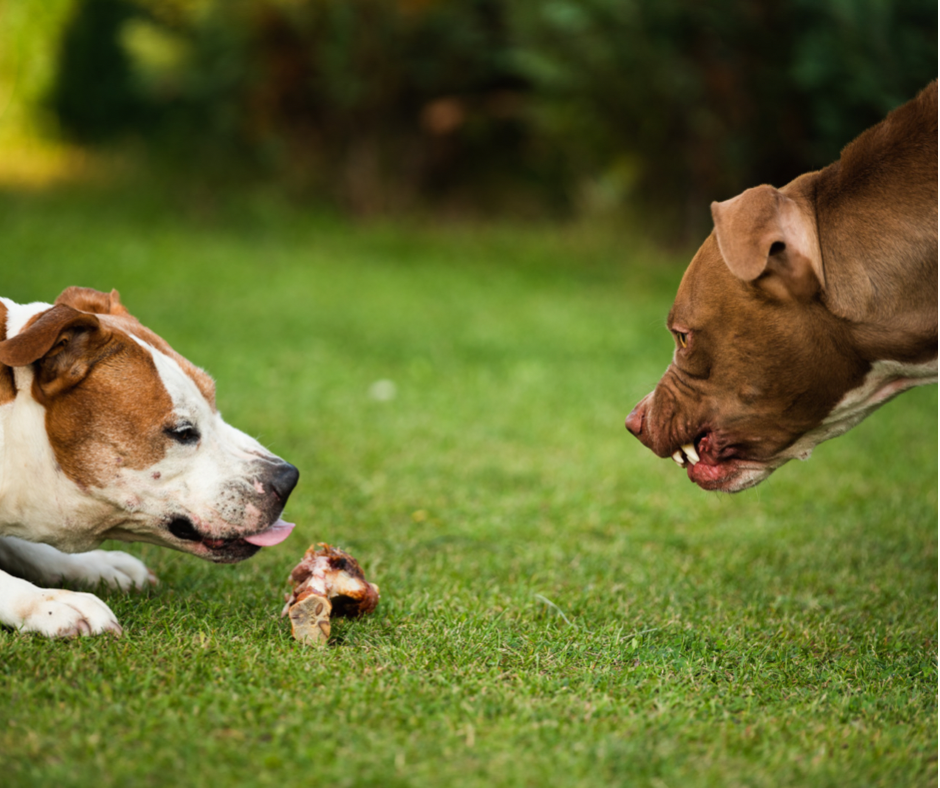
What is resource guarding?
Resource guarding is when a dog exhibits behaviours like a look, head turn, slight baring of the teeth, growling, air snapping, lunging, or biting when they perceive a threat to a valuable resource in their possession. The dog feels they are about to lose something they value and therefore takes action to keep it.
This behaviour is sometimes known as “possessive aggression” and may occur in dogs of any breed. Training early can help discourage resource guarding before it becomes too problematic. Most puppies will ‘possess’ something instinctually before they are taught to share or that they do not need to display this type of behaviour.
Why do some dogs guard resources?
Guarding resources is natural dog behaviour and is hardwired into animals to protect what they believe they need to survive. Sometimes, this often comes as a surprise to dog owners when their dog or puppy displays this for the very first time.
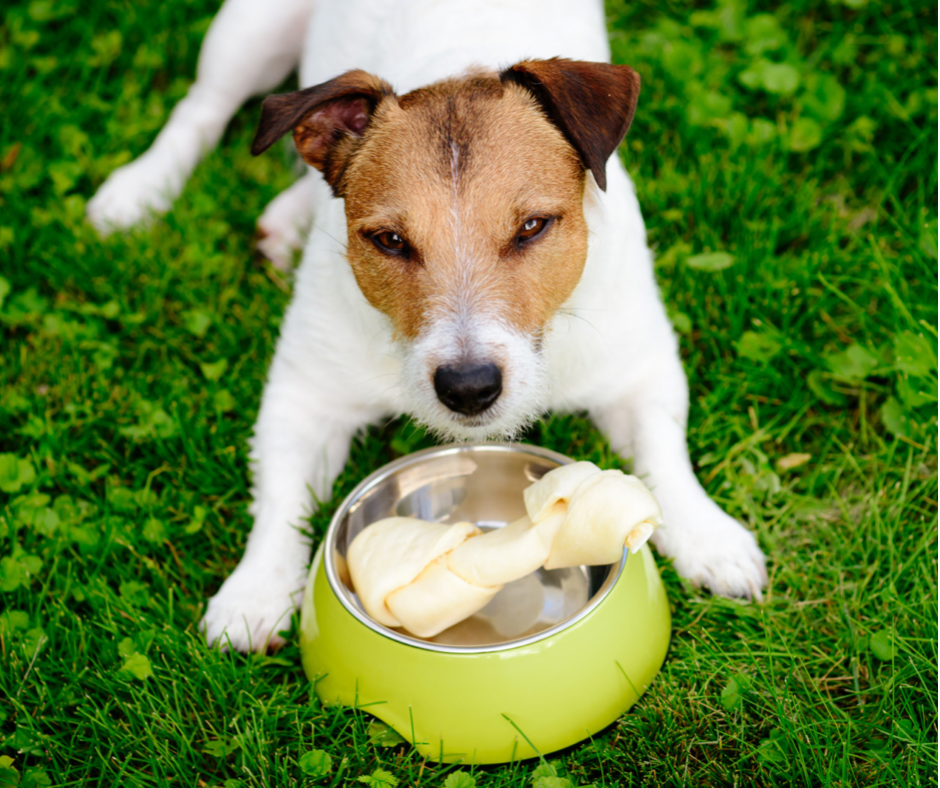
Guarding behaviour, which might include standing over something they value, running away and hiding with it, lowering their body while holding their ears back, and even growling as anyone approaches, aims to keep that item safe.
It is essential to understand that the main reason for guarding is fear. This means that taking items away from your dog or telling them off for guarding is likely to worsen their behaviour in the long term. They may become even more worried and feel the need to protect those valuable things!
You may feel confused about why our dog or puppy has started guarding, but you must remember that resource guarding is a normal and natural dog behaviour!
- Age
- Context
- Genetics
- Stress
- Anxiety
- History of resource scarcity
- How we present, interact with or take certain things from the dog
- The perceived value of the item
- Fundamental needs of the dog (e.g., hunger, thirst, lack of sleep, lack of mental stimulation)
- Underlying medical issues (pain, deficiencies etc.)
- Underlying phycological issues (anxiety, pica, fear,
- Actions of the person or other animal(s)
Signs a dog is resource guarding
- Freezing
- Eating faster
- Taking an item and moving away
- Braced body position over the item
- The subtle shifting of body weight to “block” the item
- Side eye staring or tracking of the person or pet approaches
- Raising lips and baring teeth
- Ears pinned flat against the head
- Hard stare
- Growling
- Lunging and Air Snapping (a no-contact bite)
- Chasing you or another animal away
- Biting
Identifying what things your dog is guarding.
The most important thing to do first is identifying all the things your dog is guarding. Resource guarding is not limited to food and toys and can be a vast array of things your dog deems valuable.
Using the examples below, list all the things you can identify that your dog guards or have guarded in the past.
Common Items That Trigger Resource Guarding in Dogs
Food Aggression
- Food
- Treats
- Food Bowl (filled with food or empty)
- Bones and Edible Dog Chews
Non-Food Aggression
- Toys
- Stolen “contraband” (tissues, socks or laundry items, shoes)
- Space (dog bed, crate, their position on the couch or bed, their feeding area)
- Their owner (from other pets in the home or even from other people)
- Smells
- Anything the dog sees as an item of value! Things such as a tiny scrap of paper, something they know is in an adjacent cupboard or even the smell of someone’s clothing or bed linen.
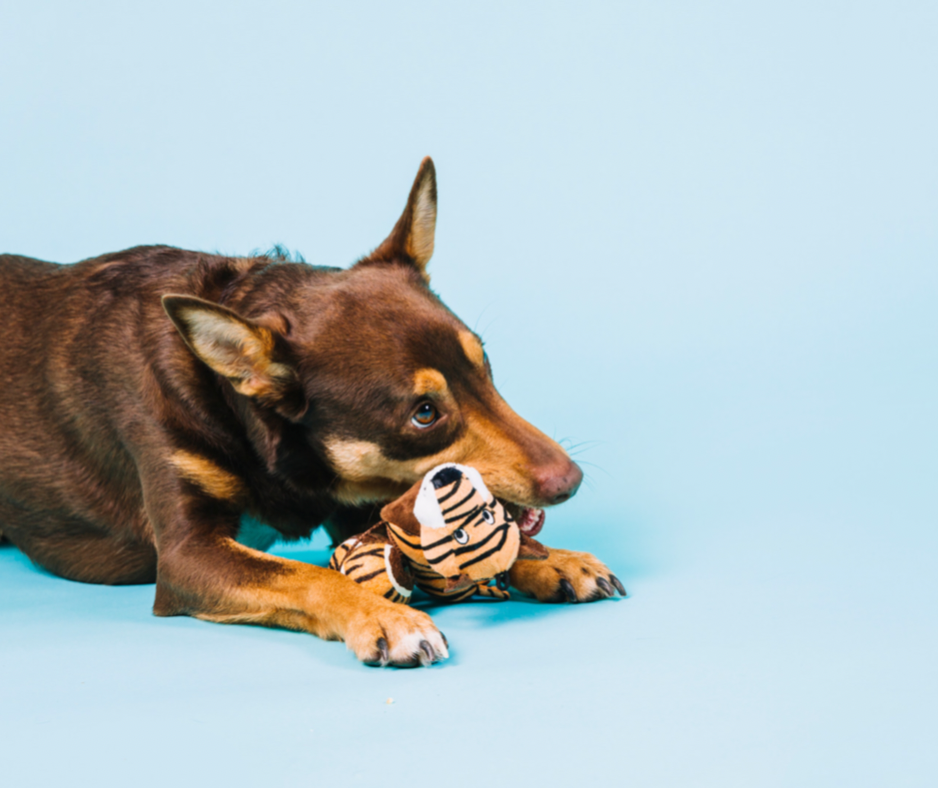
Valuable tips to help you with the management of the household
DON’T
Don’t punish the growl!
Do not ‘show them who is boss.’
Don’t “play” with their food and chews
Don’t leave out items that your dog might guard
DO
Manage the Environment
Let your dog eat (and chew) in peace
Start desensitisation and counter-conditioning training
Connect with a Behaviour Consultant
The use of several baby gates
Give the dog medium-lasting chews (chewing releases endorphins)
Use food dispensing toys such as Kongs if applicable (these can be useful for dogs who guard food but not toys, as when the food is finished, the value of the item drops to the point where the dog does not want to guard it)
Crate training
Manage the feeding routine and separate food bowls
Example training plan to carry out with a resource guarder
Step 1
Make a list of all the items or triggers your dog is likely to guard
Step 2
Remove all items that the dog is likely to guard and choose a lower value object (something the dog would guard but perhaps not very intensely) to use in your training setup
Step 3
It is important to note that each dog is different, and therefore the distances, objects and durations of these training setups must be tailored to that individual dog.
Place the item down and from a distance, take one step towards the dog and object, throw out a treat on approach, and take some steps back immediately. This is part of the classical conditioning phase, which we work on first.
It is crucial to repeat many, many times as here we are changing the dog’s emotional response by pairing the negative stimulus (you approaching) with a positive one (tasty treat).
Your approach will start to predict good things instead of a predictor of bad things.
Method:
- Approach, toss, retreat, repeat, repeat, repeat
- Start with the lowest value object the dog guards
- Have high-value reinforcement on you
- Repeat until you get voluntary head lifting or disengaging from the object
- Look for a change in the body language
- If safe, use a’ treat bomb’ or recall way and sit-stay to remove the object
Step 4
These form part of your management strategies and part of the dog’s operant cued behaviour. Teach, proof and practice the following:
Take it
Drop
Leave it
Sit
Stay
Recall away
On your bed/ go to target/ back up
Please remember that this is a basic example training plan for a resource guarding dog, which is not tailored to your dog and home. We would always recommend seeking professional help by contacting us here.
Preventing Resource Guarding from Developing in Puppies
It is often a shock to puppy owners when their dog growls at them for the first time. However, we must remember that guarding is a natural dog behaviour that is hardwired into animals to protect what they believe they need to survive.
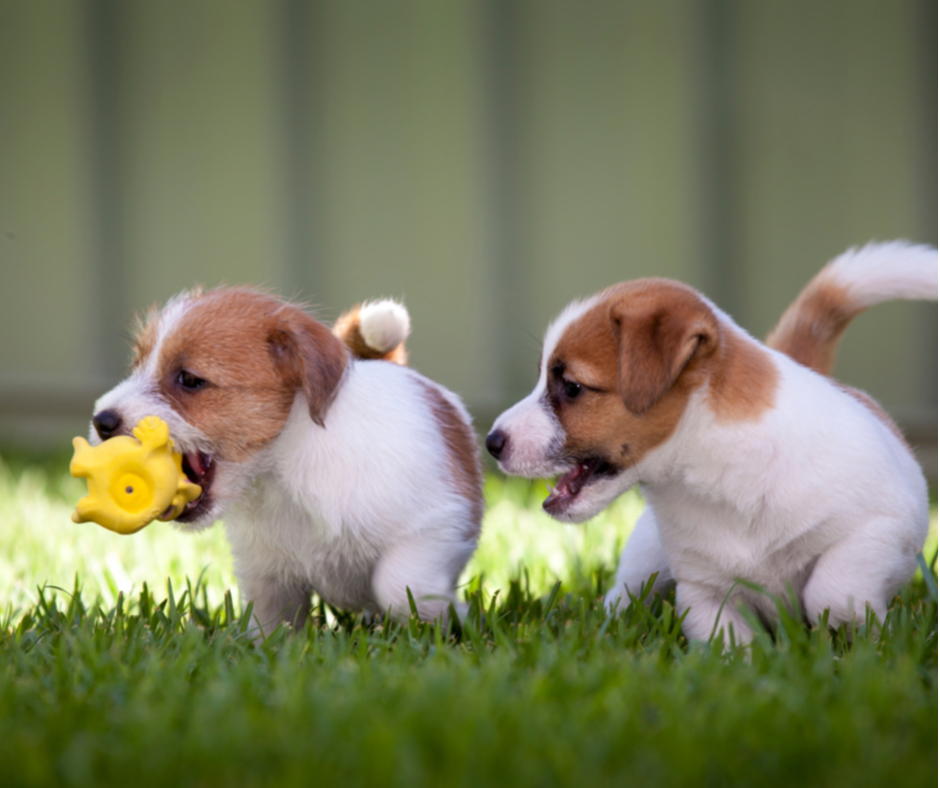
Set your puppy or new dog up for success by:
- Let your puppy eat or chew in peace. Don’t put your hand in their food or pet them while eating.
- Don’t take their bowl away when they are part way through eating.
- Practice positive trades. They drop a chew, get a high-value treat, and are encouraged to take their chew back.
- Consider if the object they have picked up is really worth taking from them. Many cases of resource guarding in dogs have been made worse by owners.
- Never remove items by force.
- Teach them to drop it and leave it.
- Master excellent recall.
- Teach them to go to an area, e.g.’ bed’.
- Manage their environment. If you don’t chase after them when they have a sock, the sock will have less value.
- Make sure to socialise your puppy correctly. Socialisation plays a crucial part in preventing various dog behaviours, such as resource guarding, aggression, and separation anxiety.
Check out this fantastic video by Kikopup on the resource prevention game:
If you are worried about the behaviour you see your dog displaying, please feel free to get in touch on 07557 301161, so that we can help you get your dog relaxed again.
If you feel this blog has been helpful, please feel free to share the knowledge with other dog owners!
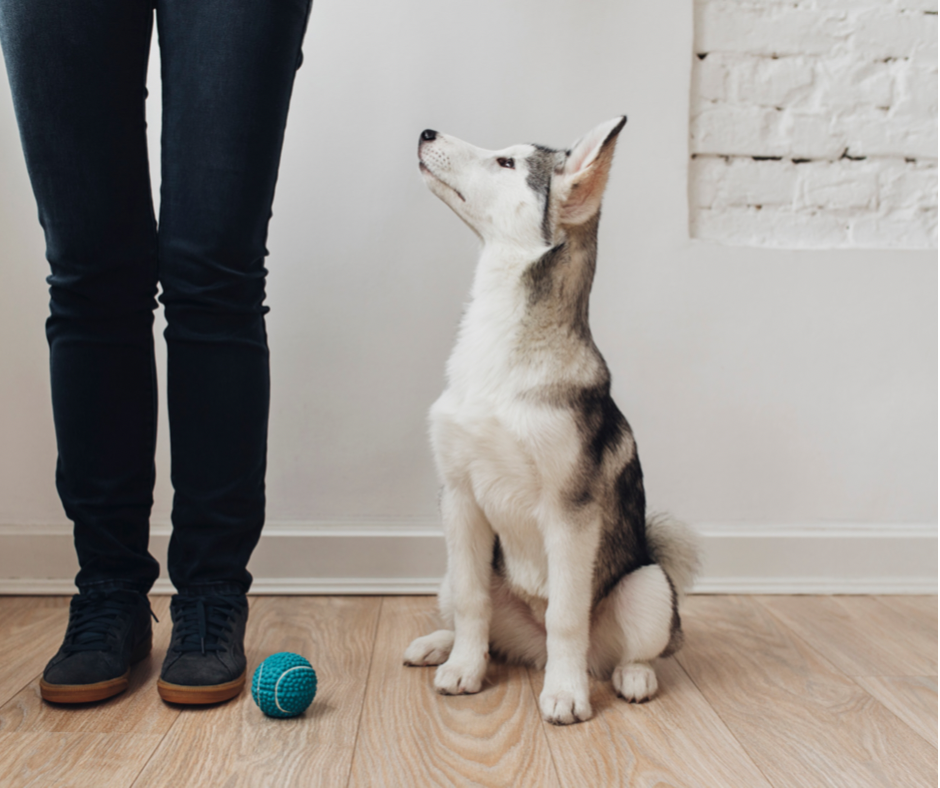
Disclaimer: The information provided in this blog is for informational purposes only. Read our full Disclaimer.



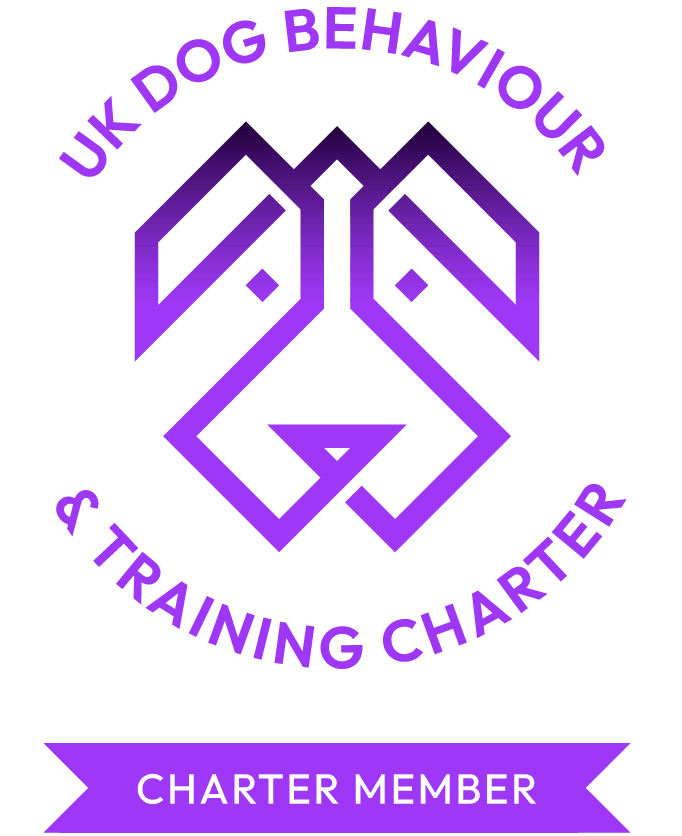
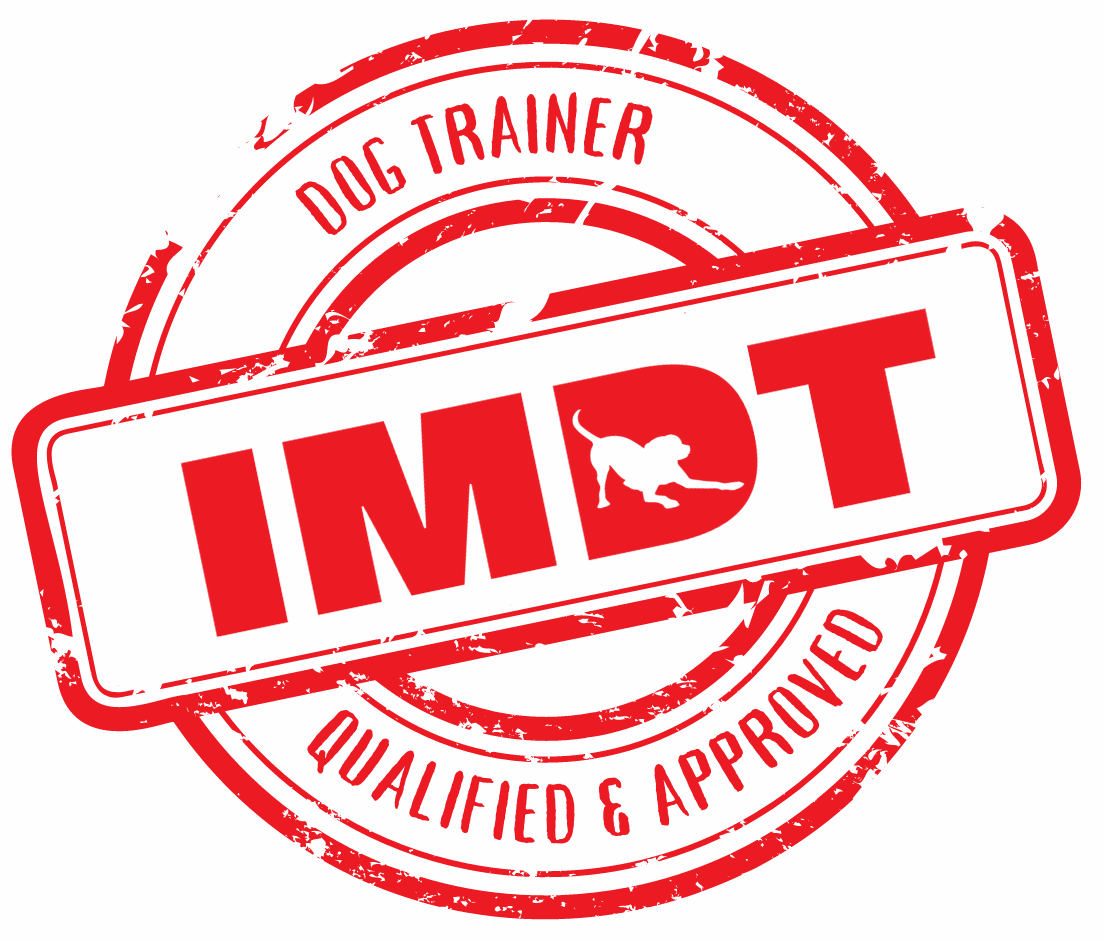
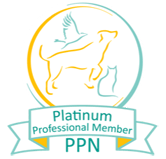

Comments are closed